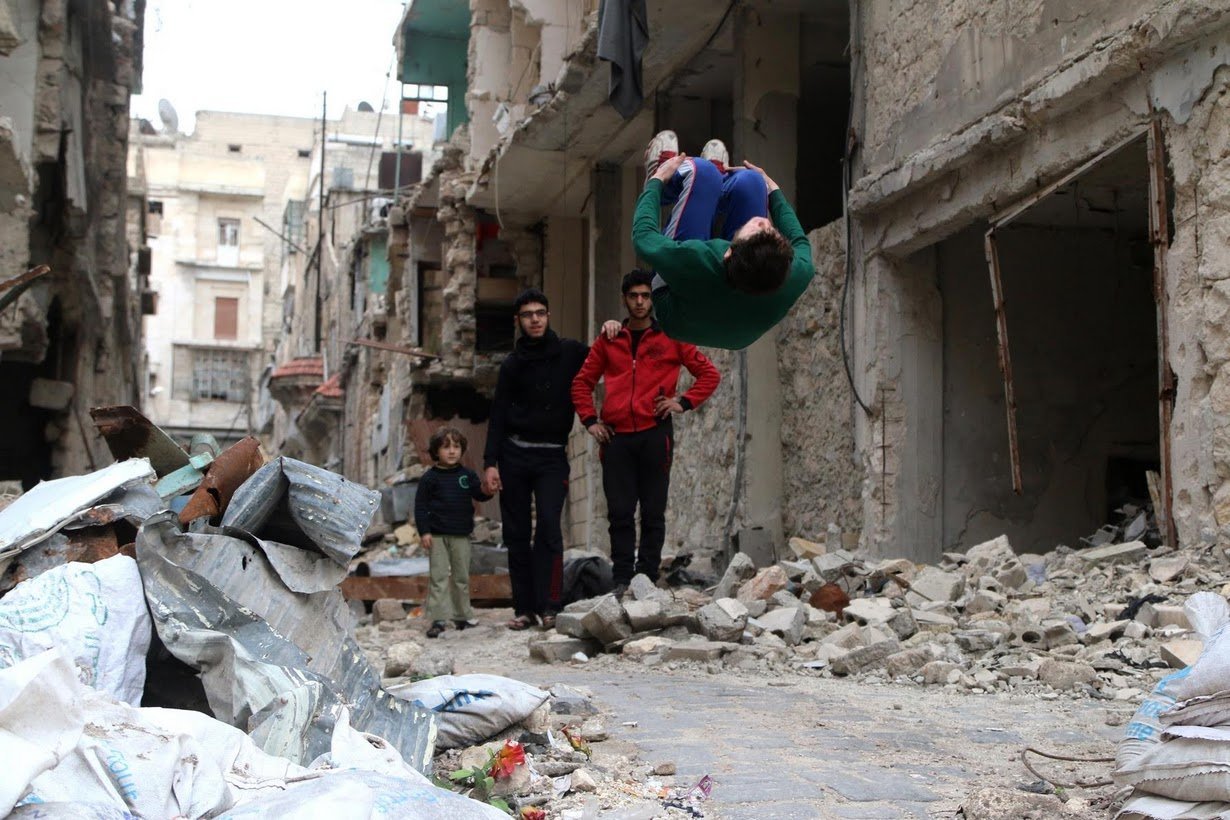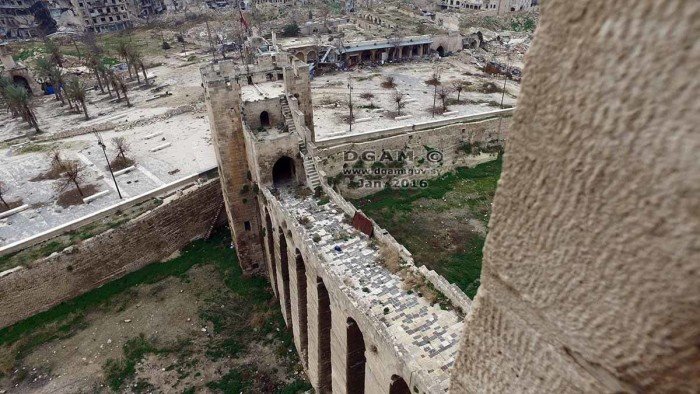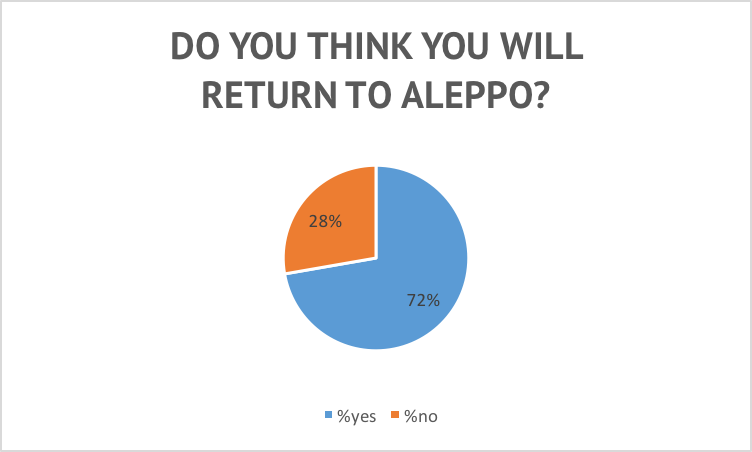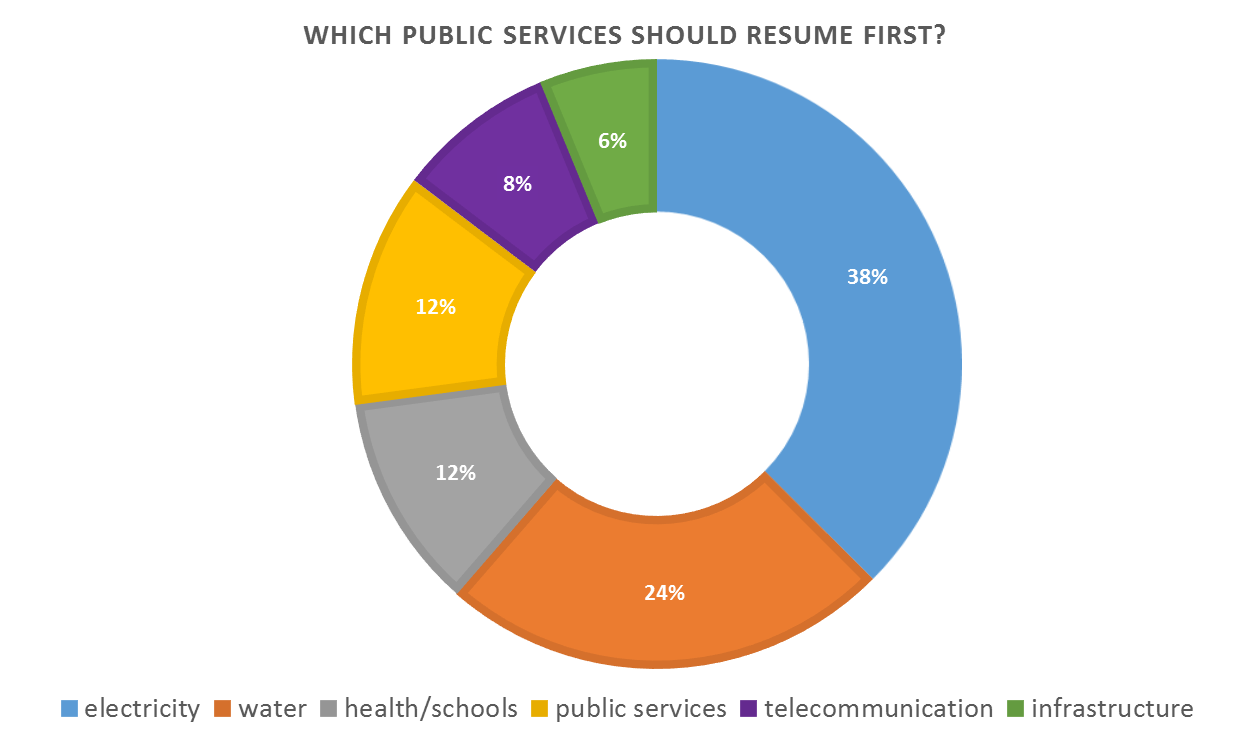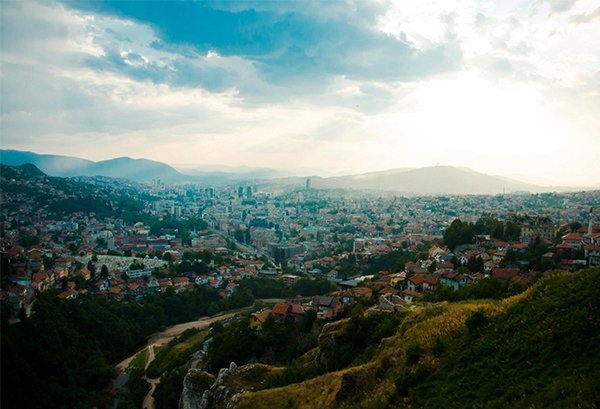Aleppian Ahmad al-Sawas, Syria’s national gymnastics champion when fighting broke out, did not compete at the Rio Olympics. Read his story here.
read moreurban reconstruction
All posts tagged urban reconstruction
The Aleppo Weekly, April 12-17
by The Aleppo Project on April 18, 2016read moreOrdinary Syrian people are going to extraordinary lengths, risking everything to protect their heritage, despite the horror that has engulfed their country. For them, it is not a question of people or stones. The story of the people is embedded in those stones, a crafted story stretching back millennia. Saving that story is saving Syria. Dr. Emma Cunliffe. Research Associate, Oxford University.
Data Snapshot
by The Aleppo Project on February 4, 2016We know that many Syrians who have been forced from their homes are passionate about their country and are already playing a role in its future. When refugees and people who were forced to leave eventually return home, they often suffer a second displacement when they are pushed aside by reconstruction processes that ignore their needs and plans. By gathering information from as wide a range of people as possible, we hope to challenge many of the assumptions about how reconstruction should be managed.
In late 2014 and early 2015 we surveyed 1001 people. One of the questions we asked everyone was, “Do you think you will return to Aleppo?”
- 72 per cent said “Yes.” 28 per cent said “No.”
- This was generally true whether someone was male or female, had children, owned real estate, or his/her house had been damaged or destroyed.
- It did not hold true for education levels. If someone had at least some post-secondary education, he or she appeared 14 per cent less likely to return to Aleppo than someone without any post-secondary education.
Reconstruction plans should carefully consider who will return to Aleppo when the fighting stops. If, as is likely, the most vulnerable return first, and those with higher levels of education and more financial resources return much later, or not at all, the Aleppo of tomorrow will look very different than the Aleppo of yesterday.
To download the report, click here.
read moreRestoring Public Services to Aleppo—Our first data snapshot
by The Aleppo Project on December 18, 2015We know that many Syrians who have been forced from their homes are passionate about their country and are already playing a role in its future. When refugees and people who were forced to leave eventually return home, they often suffer a second displacement when they are pushed aside by reconstruction processes that ignore their needs and plans. By gathering information from as wide a range of people as possible, we hope to challenge many of the assumptions about how reconstruction should be managed.
Over the next several months, we will post data snapshots highlighting different visions for Aleppo’s future. Our first snapshot is about restoring public services to rebel-held areas of the city.
read more
“This is how we are going to build Syria”
by Channel 4 on October 13, 2015Mohamed Qutaish, a 13-year-old from Aleppo exhibits the model of the city he constructed. “This is how we are going to build Syria.” We love Mohamed’s vision for the city, particularly his focus on trees, lakes and public transport.
Source: Channel 4 News, United Kingdom.
read moreRebuilding Sarajevo
by The Aleppo Project on September 30, 2015When Sarajevo emerged from four years of siege and shelling, the city was almost derelict. Much of its housing had been destroyed and its historic buildings damaged. Only about a fifth of its water system and power supply still worked. Tens of thousands of people had fled and its centuries old history as a cosmopolitan multi-ethnic, multi-faith city was over.
read more
 The Aleppo Project
The Aleppo Project